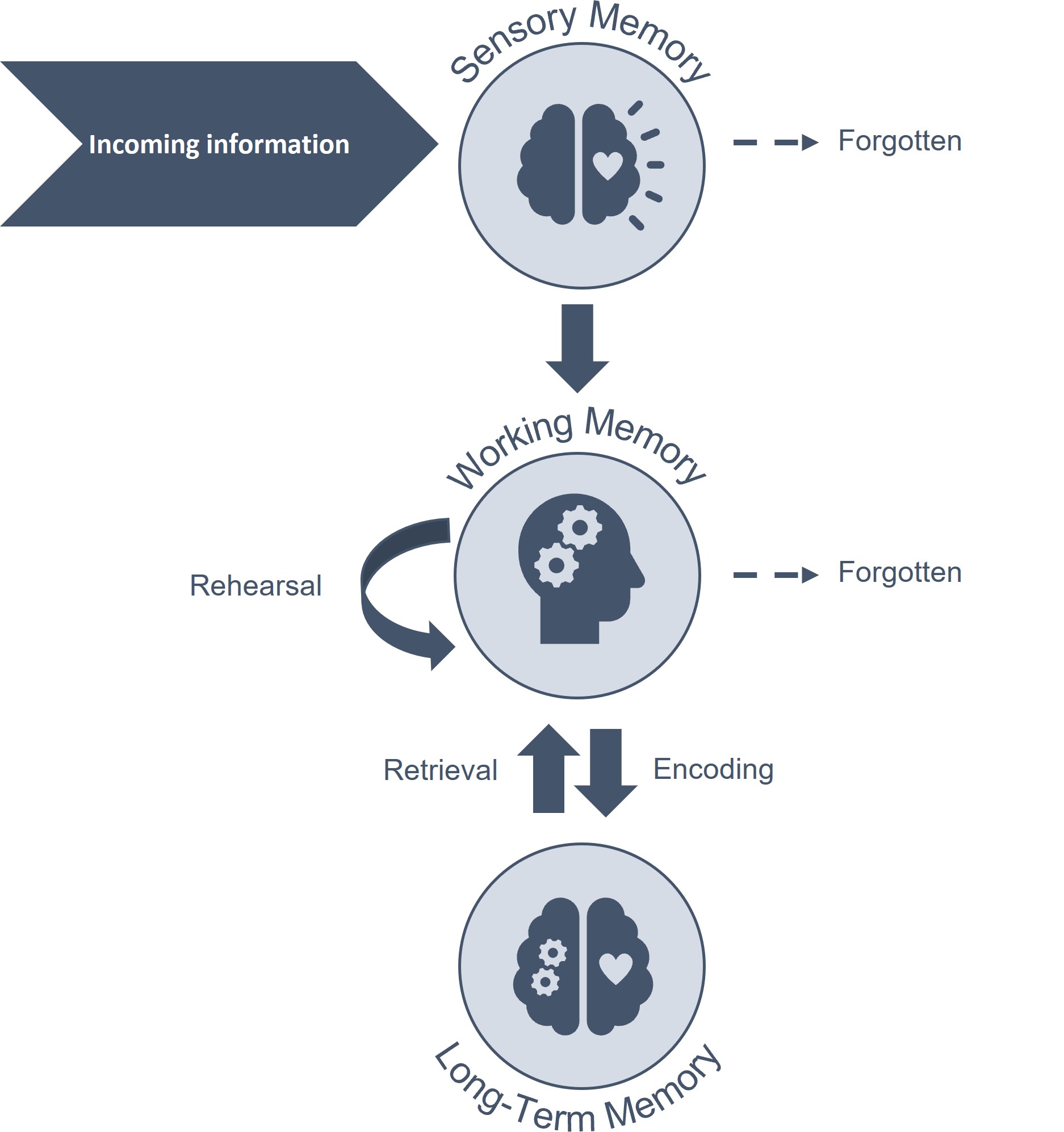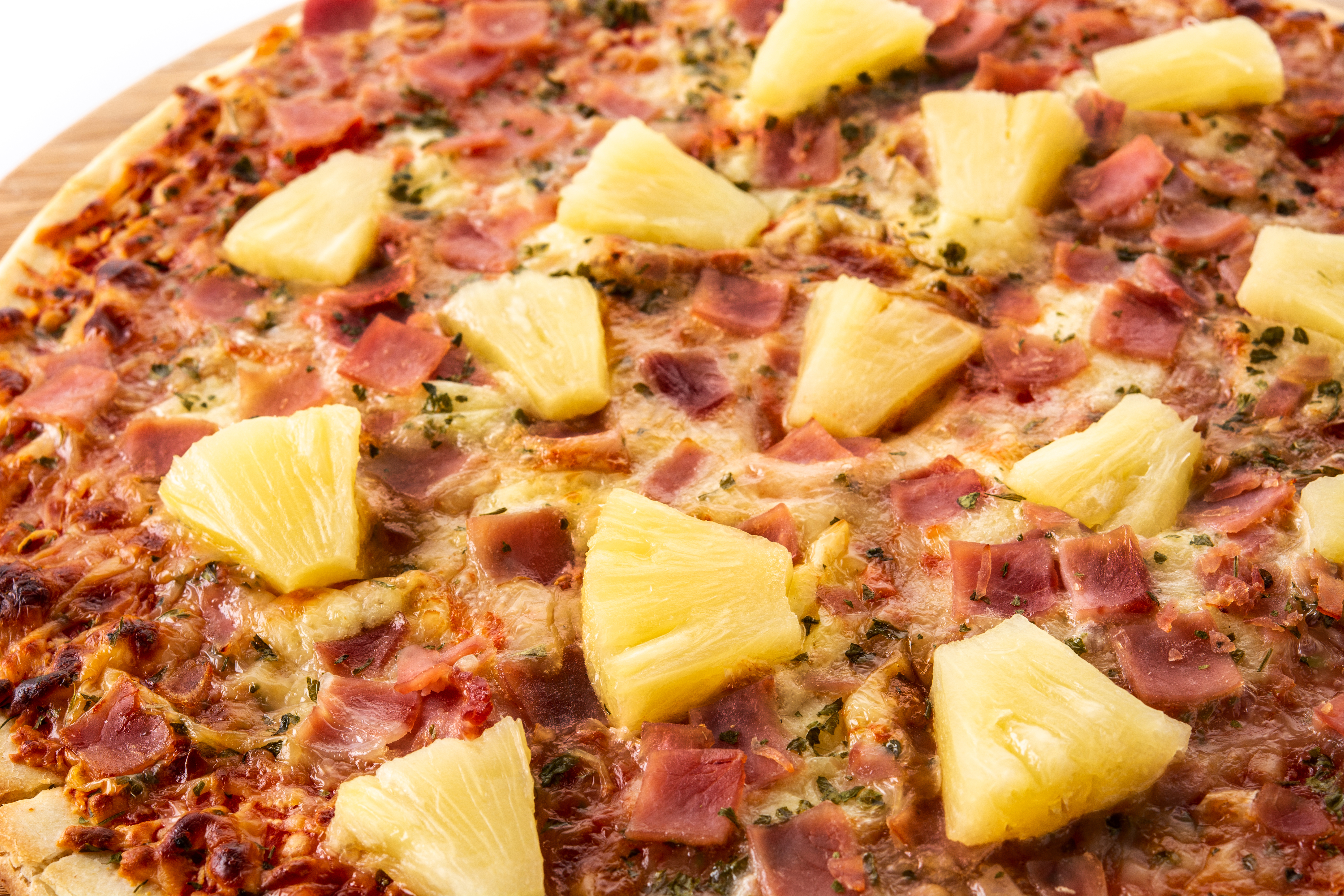by Kerstin Oberprieler, Emily Clay & Belinda Cooper
The ThinkPlace Behavioural Design team took to the streets to understand how we could nudge Canberrans to recycle their bottles and cans.
We set up three conditions, including a control condition, a condition in which people could donate to charity (with their bottle), and a condition in which people could vote for if they like pineapple on pizza or not.
So, what did we find?
6x as many people used the ‘fun’ condition to vote for their pineapple on pizza preference. We also found this condition engaged passersby significantly more often than the donation option.
Why did this happen?
We have three hypotheses for why this may have happened.
Cognitive load and cognitive dissonance
Could it be that the cognitive load and cognitive dissonance was too much when it came to the act of disposing of rubbish? This seems to be a short, mindless task, which is at odds with engaging in a moral decision surrounding donating to charity. Cognitive Load. We process all information in three stages, these are sensory memory, working memory and long-term memory (Atkinson & Shiffrin, 1968).

On a daily basis we receive far too much sensory information for our brain to process all of these inputs. Our sensory memory filters this information, but keeps the inputs that are important enough for us to process in our working memory (MindTools,2022).
John Sweller coined the term Cognitive Load Theory in 1988, explaining that cognitive load is the amount of information the working memory can hold at one time, and that you should avoid overloading it with additional activities that are not needed. Your working memory also focuses on items that it can automatically place into a schema, a mental group based in a categorization. For example, you will be more likely to process information that already fits into a schema in your working memory.
This could mean that because many people already have a strong opinion on whether they enjoy pineapple on pizza, so it is easier to move it from sensory memory into working memory. Similarly, if people did not have any connection to the charities chosen, and since they may not donate to charity or feel strongly about donating to charity, it is easier for this to enter sensory memory unprocessed and be quickly forgotten.
Cognitive Dissonance. Cognitive dissonance occurs when one’s beliefs don’t line up with one’s actions. It is an uncomfortable mental conflict and often happens when someone has contradictory thoughts, values, or perspectives on one subject (Tzeses, 2020). For example, what you say is different to what you do. This is called ‘dissonance’, or lack of consistency and agreement. Cognitive dissonance can be quite uncomfortable and produce a sense of shame, so it can be easier to not think about a subject and disregard it all together. Alternatively, people may rationalise their decisions to make themselves feel better.
Upon seeing charity condition in which the bins asked individuals to vote between two charities, people may have felt uncomfortable. They may have seen the bins, realised that they do not have the resources (time, bottle/can, or money) to vote/donate to charity, and dismissed the idea altogether. The uncomfortable feeling is easier to ignore than to explore, so people may have walked straight past the bins after seeing the phrase ‘donate’.
Sense of ownership
Could it be that people feel a sense of ownership over their personal opinion on a popular, controversial topic?
People often enjoy hanging onto their feelings of ownership as it can be an expression of who they are and what team or group they belong to (Dittmar, 1992). Ownership can give individuals a temporary boost in self-esteem (Kellogg Insight, 2021). It gives people a personal stake in the performance of an object, as the performance of it reflects their identity (Pierce et al., 2001). Pierce explains that this “leads to a feeling of possessiveness, a desire to retain ownership, and a mental attachment to the target.
This could be seen in our ‘fun’ condition. People have a sense of ownership over their view on pineapple on pizza. They have a personal stake in whether the ‘yes’ or the ‘no’ bin wins the debate. People want their identity to be validated through having more people vote similarly to them. They may have a “mental attachment to the target”.
One participant saw the voting bins, finished his drink to vote, and then pulled another bottle out of his bag to double his vote. Perhaps it was the novelty of the situation, or perhaps it was that he wanted his vote to win due to his sense of ownership.
Making decisions when primed for food
Or… could It be that it was lunch time and people were primed for food?
When we are exposed to a stimulus we are more likely to access related concepts within our brains, which is known as psychological priming (Forwood et al., 2015). We were in Garema Place in the city over the lunch-time period, where many people were leaving work to buy lunch in the city when they stopped to look at the ‘fun’ option. People may have been ‘primed’ for food so when they saw the icons of the pizza on the signs, it may have related to their current thinking surrounding lunch-time.
Not only were people primed for food, but they also may have been hungry – which in itself can affect our decision-making. Our physical states can affect our decision-making, especially when we are in ‘hot’ or ‘cold’ states. Hot states, associated with hunger and thirst, can make us impulsive, rely on our emotions, and seek immediate gratification; opposed to cold states, such as satisfaction after food and fatigue, do not (Shukla, 2022).
When we are hungry, we are in a ‘need state’, and we are limited in our decision-making while we seek ways to satisfy this need. When our glucose is low due to being hungry, we tend to rely on intuitive simplified decisions, reduced effort, and we avoid ambiguity. People may have been more interested in voting in a simple, ‘reduced effort’ choice such as whether they enjoy pineapple on pizza, compared to a more difficult decision surrounding donating to charity. This point is perhaps an overlap between Cognitive Load Theory and the decision-making process over lunch-time.

What next?
Our mini-experiment has yielded some interesting results and hypotheses about the behaviour of recycling in the city.
Although it would be interesting to explore these concepts further, our focus for this mini-experiment was to run a quick, low-cost experiment and how much we can learn from these. As a team we believe in constant learning, innovation and iteration and believe that running these mini-experiments can help us do this. It also shows the great benefits that rapid behavioural design and iteration can have in our projects.
So we learned some interesting things, encouraged some people to recycle and got some bottles and cans into recycling and out of landfill. We also donated the proceeds of the bottles (with ACT government’s ReturnIt scheme) equally between the charities, which results in 20 children in Zimbabwe receiving books (Aussie Books for Zim) and helped to provide support for mothers and babies (Karinya House).
Mini Experiment: Recycling in the City
If you want to try something like this, want to encourage recycling in your area, or find out how you can apply behaviour science in your work to engage people, reach out to behaviouraldesign@thinkplace.com.au .
References
Atkinson, R.C. and Shiffrin, R.M., 1968. Human memory: A proposed system and its control processes. In Psychology of learning and motivation (Vol. 2, pp. 89-195). Academic press.
Economics of Mutuality. 2016. Psychological Ownership: Effects and Applications. https://eom.org/content-hub-blog/psychological-ownership.
Dittmar, H. 1992. The Social Psychology of Material Possessions. Hemel Hempstead, Hertfordshire: Harvester Wheatsheaf.
Forwood, S.E., Ahern, A.L., Hollands, G.J., Ng, Y.L. and Marteau, T.M., 2015. Priming healthy eating. You can’t prime all the people all of the time. Appetite, 89, pp.93-102. https://doi.org/10.1016/j.appet.2015.01.018
Kellogg Insight. 2021. A Surprising Benefit of Feeling Ownership over Your Possessions. https://insight.kellogg.northwestern.edu/article/ownership-self-esteem-prosocial-behavior#:~:text=Owning%20things%20can%20boost%20our
MindTools. 2022. Cognitive Load Theory. https://www.mindtools.com/aqxwcpa/cognitive-load-theory.
Pierce, J., Kostova, T. and Dirks, K. 2001. Toward a Theory of Psychological Ownership in Organizations. The Academy of Management Review, 26(2), pp.298-310.
Shukla, A. 2022. Do we make good decisions after a meal? Some food for thought, literally! Cognition Today. https://cognitiontoday.com/do-we-make-good-decisions-after-a-meal-some-food-for-thought-literally/
Tzeses, J. 2020. Cognitive Dissonance: What It Is & Why It Matters. Psycom. https://www.psycom.net/cognitive-dissonance.
